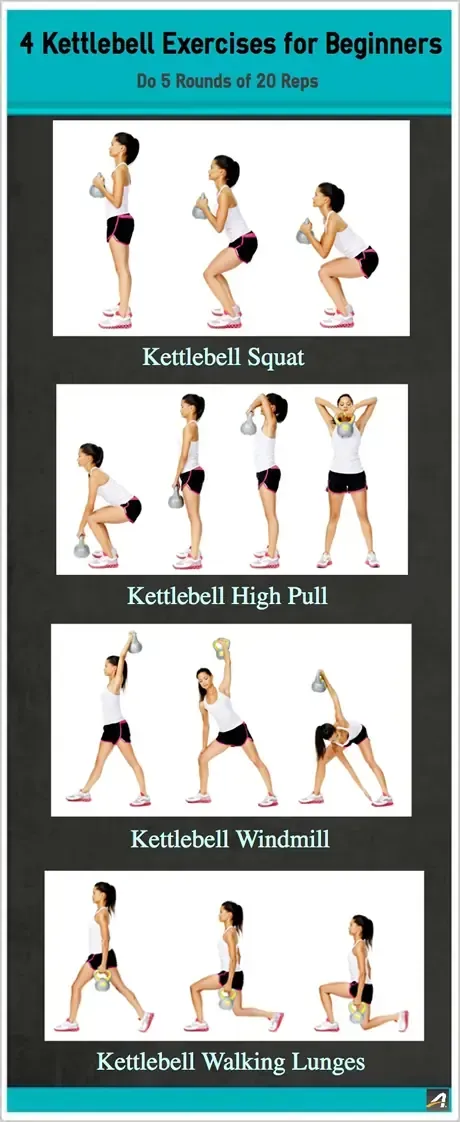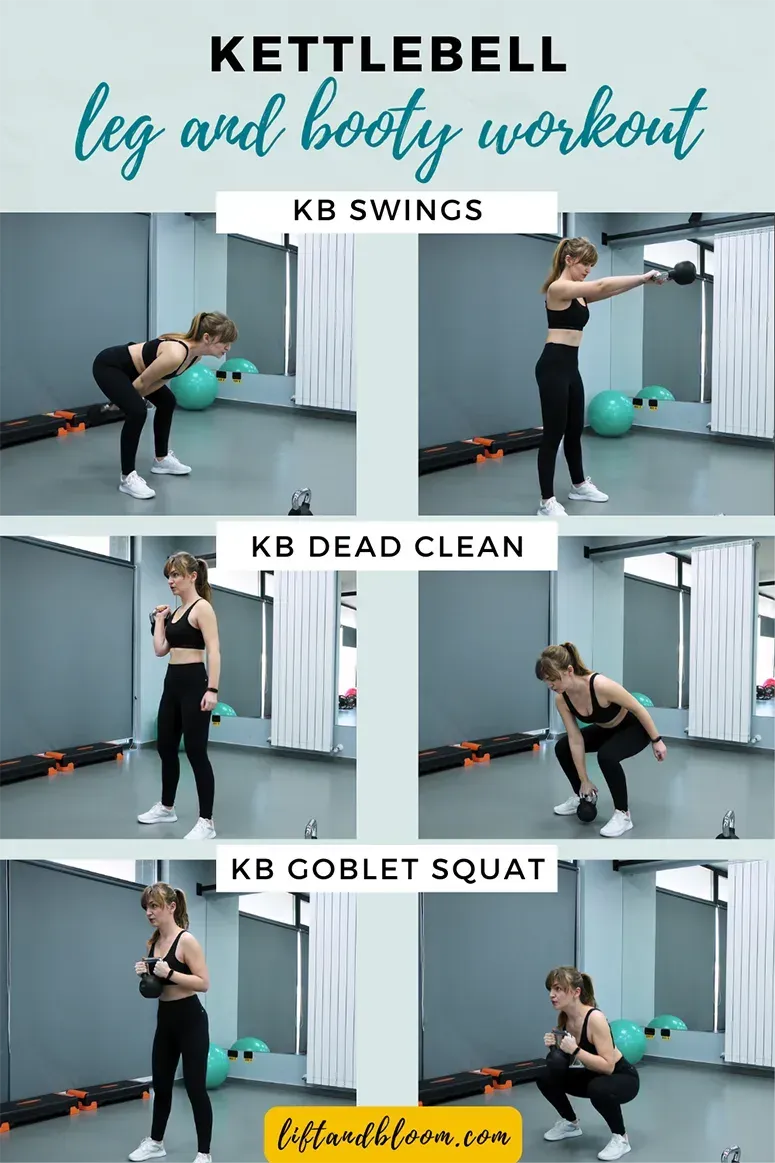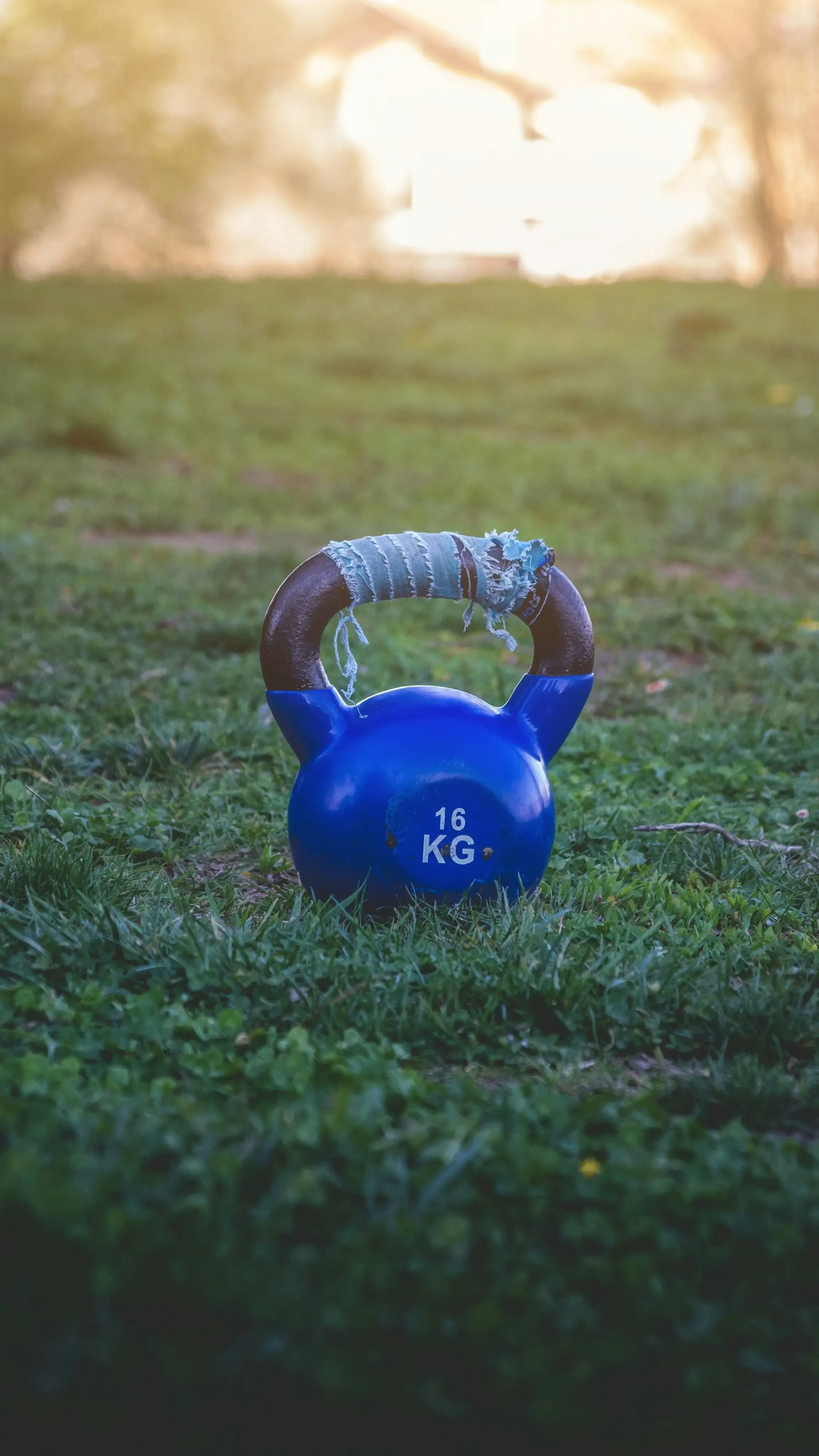Table of Contents
Thinking about building stronger legs but feeling overwhelmed? Maybe you've seen those round things with handles – kettlebells – and wondered if they're just for advanced lifters. Guess what? A smartkettlebell leg workout for beginnersis not only possible, it's incredibly effective and less intimidating than you might think. Forget the racks of complex machines or needing a massive home gym. With just one kettlebell, you can target major leg muscles, improve stability, and build a solid foundation.
Why a Kettlebell Leg Workout for Beginners Makes Sense

Why a Kettlebell Leg Workout for Beginners Makes Sense
Starting Simple, Starting Strong
Look, when you're just starting out with leg training, the gym floor can feel like a maze of complicated machines and heavy barbells. It's enough to make anyone just walk right back out. But akettlebell leg workout for beginnersstrips all that away. You need one piece of equipment. One. That's it. No need to figure out leg presses, hack squats, or calf raises on separate contraptions. You grab a kettlebell, find a little space, and you're good to go. This simplicity is huge for building confidence and consistency early on.
Building Real-World Strength and Stability
Unlike machines that lock you into a fixed path, kettlebell exercises force your body to work harder to control the weight through space. Think about a kettlebell goblet squat versus a smith machine squat. The goblet squat requires your core to stabilize, your hips to track correctly, and your ankles to maintain balance. This isn't just about making muscles bigger; it's about building functional strength that translates directly to everyday life – carrying groceries, climbing stairs, chasing after a runaway pet. For a beginner, learning to control weight safely in a dynamic movement pattern is far more valuable than simply pushing maximal load on a stable machine.
What makes kettlebells great for beginners?
- One piece of equipment needed.
- Develops functional strength.
- Improves stability and balance.
- Engages multiple muscle groups at once.
- Less intimidating than complex gym setups.
Engaging More Than Just the Quads
Another cool thing about kettlebells is how they naturally engage multiple muscle groups simultaneously, especially in the legs and core. Exercises like the goblet squat or the kettlebell deadlift aren't just hitting your quads or hamstrings in isolation. They demand coordination from your glutes, lower back, and core to perform the movement correctly and safely. This integrated approach is fantastic for beginners because it builds a stronger, more resilient foundation faster than isolating individual muscles. You get more bang for your buck with every rep.
Essential Kettlebell Leg Exercises for Beginners

Essential Kettlebell Leg Exercises for Beginners
The Goblet Squat: Your Starting Point
Alright, let's get down to the actual moves you'll be doing. If there's one exercise that's the absolute cornerstone of akettlebell leg workout for beginners, it's the goblet squat. Why? Because holding the kettlebell at your chest helps you keep your torso upright, making it easier to get into a good squat position without falling backward. It's like a built-in balance aid. You just grab the kettlebell by the horns (the handle sides), hold it close to your chest, stand with your feet about shoulder-width apart (maybe a little wider, find what feels right), and squat down like you're sitting into a chair. Keep your chest up, back straight, and try to get your hips below your knees if your mobility allows. Stand back up by pushing through your heels.
The Kettlebell Deadlift: Hinging Like a Human
Next up, the deadlift. Now, don't picture those massive barbells loaded with plates you see on Instagram. The kettlebell deadlift for beginners is about learning the hip hinge pattern correctly. This movement is crucial for lifting anything off the ground without wrecking your back – like picking up a dropped phone or a squirming kid. Place the kettlebell on the floor between your feet. Hinge at your hips, keeping your back straight, and reach down to grab the kettlebell handle. Your knees will bend slightly, but the movement comes primarily from pushing your hips back. Stand up by driving your hips forward, squeezing your glutes at the top. Lower it back down by reversing the motion, pushing your hips back first. It's not a squat; it's a hinge. Master this, and you've unlocked a fundamental human movement pattern.
Key Points for Beginner Kettlebell Leg Exercises:
- Start light. Seriously, lighter than you think.
- Focus on form over weight. Always.
- Control the movement; don't let the weight control you.
- Breathe! Exhale on the effort (standing up).
- Watch yourself in a mirror or record a video if possible.
The Kettlebell Swing (Two-Handed): Power from the Hips
the swing. This one is a bit different. It's not a squat or a deadlift, though it involves hinging. The two-handed kettlebell swing is all about generating power from your hips, not your arms or back. It's dynamic. Stand with the kettlebell in front of you. Hinge at your hips, keeping your back straight, and grab the handle with both hands. "Hike" the kettlebell back between your legs, like you're snapping a football. Then, explosively drive your hips forward, squeezing your glutes hard, to swing the kettlebell up to chest height. Let gravity bring it back down, control its descent, and hike it back through your legs for the next rep. Your arms are just ropes; the power comes from the hip drive. This exercise builds explosive power in your posterior chain – glutes, hamstrings, and lower back – which is surprisingly important for just walking around like a capable human.
Crafting Your First Kettlebell Leg Workout Plan

Crafting Your First Kettlebell Leg Workout Plan
Putting the Pieces Together
you know a few key moves – the goblet squat, the deadlift, the swing. Now, how do you actually turn those into akettlebell leg workout for beginnersthat makes sense? Don't overthink this. Your first plan should be simple, repeatable, and focused on consistency, not crushing yourself. Think about doing each exercise for a set number of repetitions (reps) or for a set amount of time. For example, you could do 3 sets of 8-12 reps for goblet squats and deadlifts, and maybe 3 sets of 15-20 swings. Rest for 60-90 seconds between sets. Do this 2-3 times a week, leaving a day off in between for your legs to recover. It’s not rocket science; it’s just showing up and doing the work correctly.
Common Mistakes in Your Kettlebell Leg Workout for Beginners

Common Mistakes in Your Kettlebell Leg Workout for Beginners
Avoiding Early Pitfalls
Alright, you're getting started with yourkettlebell leg workout for beginners, which is awesome. But let's be real, everyone messes up when they're learning something new. The biggest mistake I see, and honestly, one I made myself back in the day, is going too heavy too soon. You see someone swinging a monster kettlebell and think, "Yeah, I can do that." No, not yet. Your body needs to learn the movement patterns first with a weight you can control perfectly through the entire range of motion. Another huge one is neglecting the hip hinge in the deadlift or swing, turning it into a squat or, worse, just rounding your back. That's a one-way ticket to "my back hurts" town. And finally, skipping the warm-up. Your joints and muscles need a heads-up before you ask them to start lifting weight, even if it's just a few minutes of dynamic stretches.
Your First Steps with Kettlebell Leg Workouts
So, there it is. Starting akettlebell leg workout for beginnersisn't about mastering complex flips or hoisting the heaviest weight in the gym. It's about getting comfortable with foundational movements, understanding how to properly handle the weight, and building strength incrementally. You've got the basic moves, the idea of a simple plan, and a heads-up on what to watch out for. Consistency beats intensity any day when you're starting out. Pick a couple of days a week, stick with it, and you'll see progress. It's not rocket science, just smart, consistent work with a seriously effective tool.